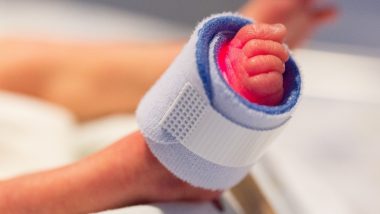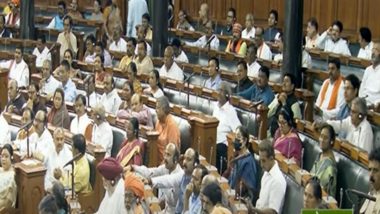In India, it is said that 20% - 25% population is flat-footed. This is a phenomenon where the arches of the foot, with the entire sole of the foot coming into complete or near-complete contact with the ground. Known as the Medial Longitudinal Arch, it typically develops during the first decade of life. Therefore, flat foot is usual amongst infants, common in children and less common in adults. The arches add elasticity and flexibility to the foot by allowing the midfoot to spread and close. This helps the foot to absorb shock and yield strength to adjust to balance and walk.
SYMPTOMS: Most people have no signs or symptoms associated with a flat foot. If symptomatic, patients with flat foot experience foot pain, particularly in the heel or arch area. Swelling along the inside of the ankle can also occur.
CAUSES: Most people's arches develop through the course of childhood, but some never develop an arch. This is a normal type of foot variation, whereas people without an arch may or may not have problems. Some children have flexible flat foot, in which the arch is visible when the child is sitting or standing on tiptoes, but, disappears when the child stands. Most children outgrow flexible flat foot without problems. Arches can also fall over time; years of wear and tear may weaken the tendon that runs along the inside of your ankle that helps support the arch.
FLAT FOOT IN INFANTS AND CHILDREN: Infants typically have a minimal arch. Neonates and toddlers have a fat pad under the Medial Longitudinal arching which protects it whilst the arch develops, and which resolves between the ages of 2-5 years. 45% of children aged 3-6 years have flattening of the long arch, with forefoot rotation and lateral deviation of the great toe on weight bearing. Most of these children spontaneously develop a strong normal arch by around the age of 10 years. However, if the flat foot is on one side or develops from age 12 – 14 years, the child needs to be seen by the specialist. Obesity in children is significantly correlated with the tendency of the longitudinal arch to collapse in early childhood.
DIAGNOSIS: A doctor will perform a physical examination of your child’s foot and observe him in standing and sitting positions. If the pain is associated with the condition, he may perform tests such as X-rays, footprints. In some cases, Computed Tomography or Magnetic Resonance imaging may also be suggested.
TREATMENT: No treatment is necessary for flat foot if it doesn’t cause pain. If the flat foot is painful, the doctor might suggest:
Arch supports (orthotic devices): Over-the-counter arch supports may help relieve the pain caused by flat foot. Or a custom-designed arch support, which is moulded to the contours of the feet, may be suggested. Arch supports won't cure flat foot, but they often reduce symptoms
Stretching exercises: Some with flat foot also have a shortened Achilles Tendon. Exercises to stretch this tendon may help
Supportive shoes: A structurally supportive shoe might be more comfortable than sandals or shoes with minimal support
Physical therapy: Flat foot may contribute to overuse injuries in some runners. A physical therapist may be helpful with a video analysis on ways to run to help improve form and technique
Surgical treatment: The objective of surgery is to reduce pain and the realignment of the foot. It is reserved for patients with symptoms unresponsive to shoe or orthotic modifications, and those who are unable to modify pain producing activity.
(Inputs by Dr Pradeep Moonot, Orthopedic Surgeon, Specialist in Knee, Foot and Ankle Surgery, S L Raheja)
(The above story first appeared on LatestLY on Oct 31, 2018 08:30 AM IST. For more news and updates on politics, world, sports, entertainment and lifestyle, log on to our website latestly.com).












 Quickly
Quickly





















